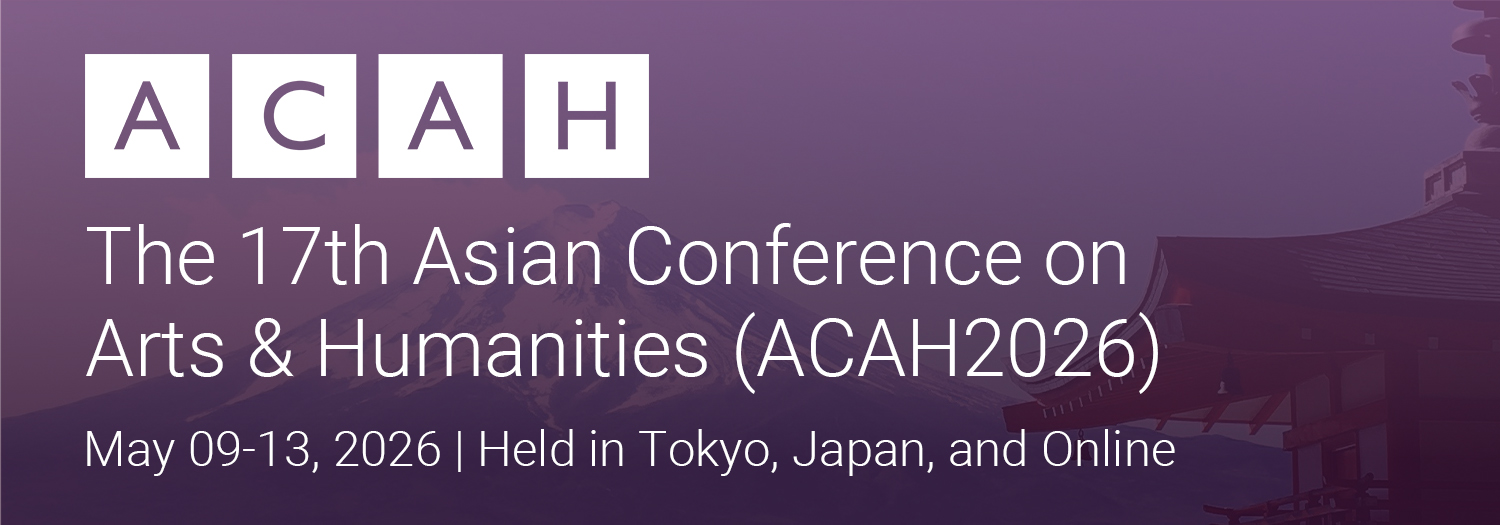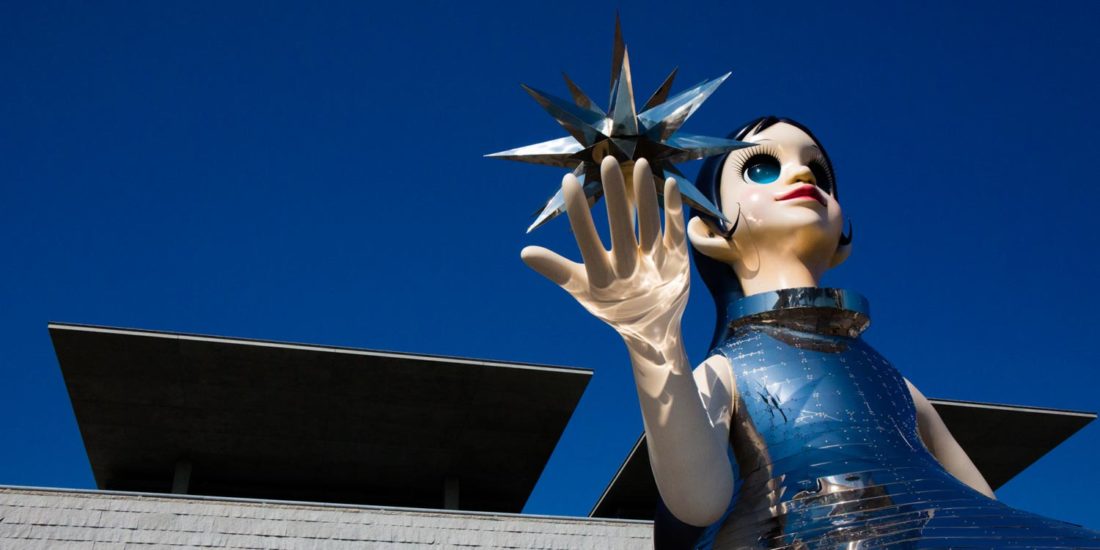I have long been an advocate of museums placing emphasis on cultivating aesthetic sensibility in people of all ages, especially children. Museums have an important mission: “provide opportunities for children to interact with genuine articles.” I always hope to bring as many children as possible to those museums, to let them experience real objects. Aesthetic sensibility will be the most positive driving force for the society which is facing difficulties. I believe that aesthetic sensibility stimulates imagination, furthermore it enriches our lives and makes our society more prosperous, in the future.
When a region enjoys economic prosperity and social stability, consequently, cultural activities and artistic practice prevail. Now, our time is marked by political and economic instability, and I think it is about time we changed our way of thinking, to have a reverse view, and start to look at art itself as a source of energy to vitalise our economy and living environment. In other words, when a region flourishes in art and culture, it could achieve economic success.
Professor Galbraith, a world famous economist, suggested that what we should expand on in the future is not GNP (Gross National Product), but GNE (Gross National Enjoyment).
Image | The Hyogo Prefectural Museum of Art in Kobe, Japan

